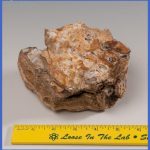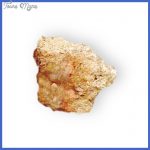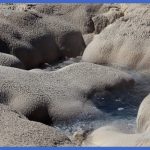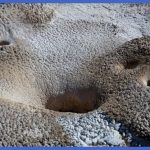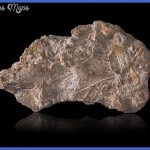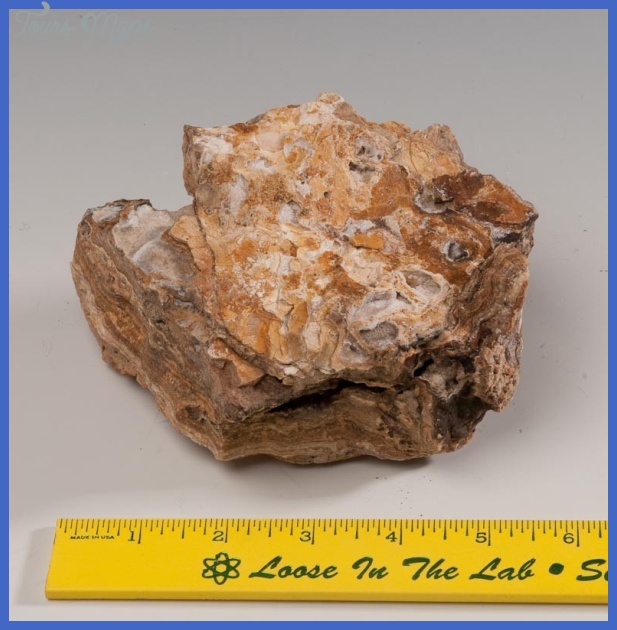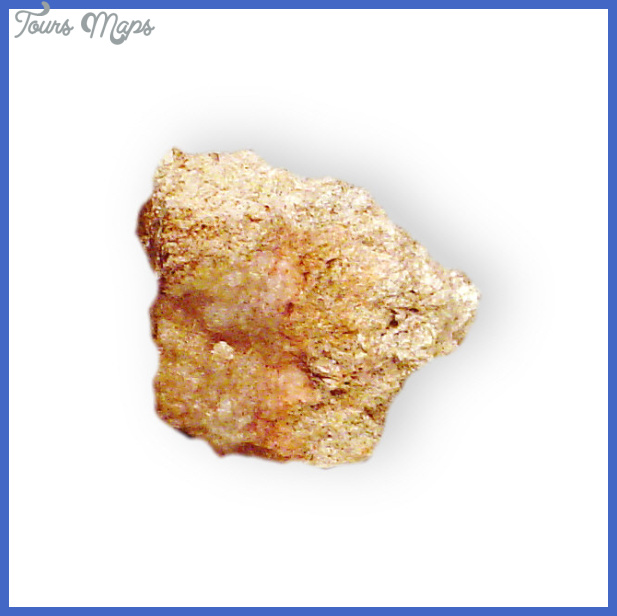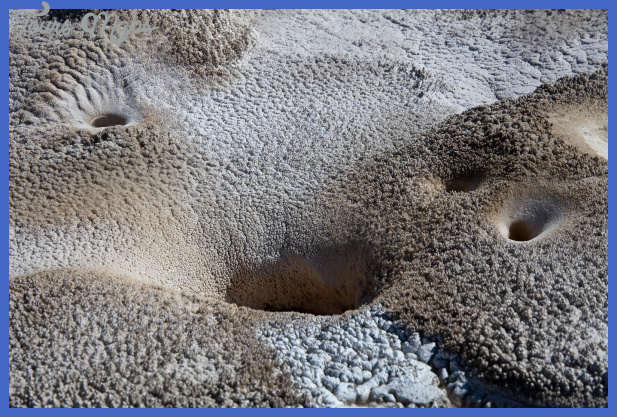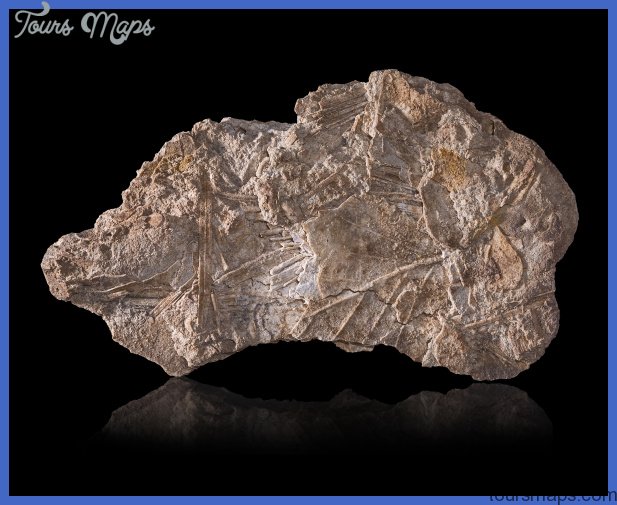As you tour the geyser basins of Yellowstone, you’ll notice that a white or pale gray brittle rock surrounds the geysers and hot springs and forms gravelly areas. The chemical name for this rock is hydrous silicon dioxide. Other names for it are siliceous sinter, geyserite, or sometimes simply sinter or silica. The volcanic rhyolite that underlies most of the park’s thermal areas contains a lot of silica. When hot water percolates through the rhyolite, silica dissolves and is brought to the surface. There, the water cools and precipitates the silica as geyserite.
In some places this process creates vast, nearly flat rocky areas, such as here at Fountain Flats. Bacteria that thrive in these hot waters sometimes act as templates, controlling the shapes that the geyserite takes. In fact, recent research in the field of biomineralization has concluded that organic material may be an essential ingredient for sinter to precipitate. Sometimes the silica deposits build fantastic formations, such as those of Castle and Grotto geysers at Upper Geyser Basin. Spring have helped it deposit its gelatinous geyserite. (See What Makes the Colors? on s 65-67 for more about these microorganisms.) Several more geysers, as well as many hot springs, cover the flats between here and the river. You may catch sight of them erupting from the boardwalk, but there’s no public access to the area.
Geyserite Photo Gallery
Maybe You Like Them Too
- The Best Cities To Visit in The World
- World’s 10 Best Places To Visit
- Coolest Countries in the World to Visit
- Travel to Santorini, Greece
- Map of Barbados – Holiday in Barbados

